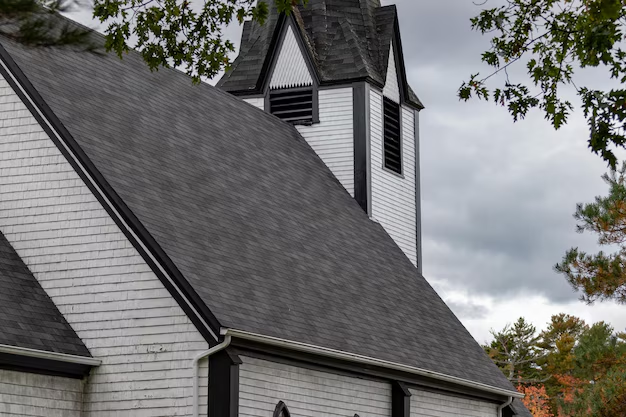Discover the Benefits of a Built-Up Roof: A Comprehensive Guide
When it comes to roofing options, a built-up roof (BUR) often finds itself at the top of the list, especially for commercial or flat-topped buildings. If you're exploring roofing solutions, understanding what a BUR is could guide you to a choice that delivers durability and cost-effectiveness.
What Is a Built-Up Roof?
A built-up roof consists of multiple layers of materials laid down in alternate layers to achieve a thick, water-resistant membrane. These materials usually include bitumen, gravel, and roofing felt, with layers built up over time to protect the underlying structure. Here's why this setup is beneficial:
- Durability: The multiple layers create a strong barrier against the elements.
- Water Resistance: The use of bitumen effectively seals out water.
- Cost Efficiency: Long lifespan means less frequent replacements and repairs.
How a Built-Up Roof Works
The process of installing a built-up roof involves alternating layers of bitumen and fabric membranes that strengthen and protect the roof:
- Base Sheets: These provide the initial foundation upon which subsequent layers are added.
- Bitumen Coats: This hot bitumen acts like glue to secure everything in place.
- Reinforcing Fabrics: Often made from fiberglass or organic materials, they add durability.
Finally, a top layer of gravel or reflective material is added, providing protection from UV rays and impact damage.
Built-Up Roof vs. Other Roofing Systems
In comparing BUR with other flat roofing solutions, its multi-layered design offers key advantages:
- Versatility: Built-up roofs work well for many building types.
- Maintenance: Repairs are straightforward, requiring fewer interventions over time.
- Insulation Efficiency: Helps regulate building temperature, potentially reducing energy costs.
Exploring Financial Benefits
Installing a built-up roof isn’t just about choosing a durable and efficient system; it can also have financial implications. Many commercial building owners may be eligible for government incentives or tax benefits aimed at energy-efficient upgrades.
Additionally, if the upfront cost seems daunting, consider exploring financial assistance solutions such as:
- Small Business Loans: These can cover installation costs over time.
- Energy-Efficiency Grants: Some jurisdictions offer grants for installing energy-saving building features.
Where to Find HELP
⚡ Looking for ways to finance or learn more about roofing solutions? Here are some options to consider:
- 🏢 SBA Loans: Small Business Administration loans can provide finance for essential upgrades.
- 🛠️ Energy-Efficiency Grants: Government programs often have grants available for businesses improving energy efficiency.
- 💡 Educational Workshops: Many local trade organizations offer workshops on energy-efficient installations, including roofing options.
- 💳 Credit Card Solutions: A well-managed credit card for business expense can sometimes bridge the gap when additional funds are needed.
A built-up roof not only provides multiple practical benefits but also stands out as a financial opportunity to improve your building’s long-term value. With proper research and by leveraging financial assistance programs, you can make a smart investment that protects your property now and into the future.
